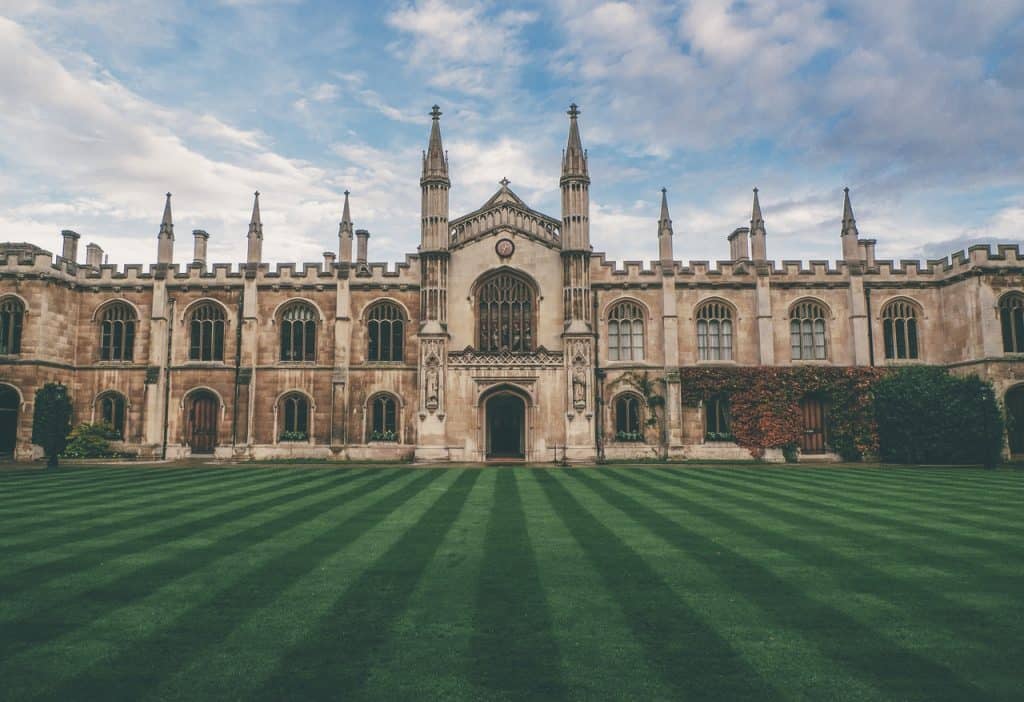Do you realize how many types of mortgages are offered today? You most likely know about some of the most common, but what are the true details of these mortgage types? And what are the other types of mortgages that are offered? Is your mortgage right for your situation? Let’s first explore the various types of mortgages that are offered and how they work.
Fixed-Rate Mortgage
This is by far the most common type of mortgage that is offered by the bank. The most common term for this home loan is the 30-year mortgage, but a 15-year and a 10-year are actually fairly common as well, and they are typically offered at a lower rate (which means large interest savings for you).
So what is a fixed-rate mortgage exactly? As the name implies, it is a rate that never moves throughout the full term of your mortgage. So, if you lock into a rate of 4.5% on your home mortgage, that is the amount that you will pay for the next 10,15, or 30 years (depending on the length of loan you choose). Your payment amount will always stay the same and there are absolutely no surprises.
In general, a shorter term will have a lower interest rate. Sometimes it is not best to pay off a low interest mortgage early.
Adjustable Rate Mortgage (ARM)
The adjustable rate mortgage first came about because the bank felt that they were losing money on many fixed rate mortgages (due to increased interest rates). Rather than accept all of the risk in their mortgage loan, they decided that they would provide an incentive for the consumer to take on some of the risk instead. So, with an ARM, the introductory percent is often lower than a comparable fixed loan rate, but if the average interest rate in the country were to increase, then the bank would have the right to increase your loan percent as well. On the flip side, if interest rates were very high currently and you expected them to go down in the future, then you would most likely be very interested in an ARM because you would assume that the rate would soon go down.
The most common type of ARM is the Hybrid ARM. This mortgage type initially acts as a fixed rate mortgage for a certain period of time and then adjusted for a certain period beyond that. An example of this is a 5/1 ARM, which means that the first 5 years have a fixed rate, and then have a 1-year subsequent interest rate adjustment period. This then cycles until your full term is complete. Other common ARMs are the 7/1 ARM and the 15/15 ARM (new from PenFed Credit Union). The 15/15 ARM is just what you would expect. Over the life of the loan, the interest rate will only adjust once at the 15 year mark.
If you are planning to live in your home for less than 15 years (the most common in the United States is about 10 years), you may be able to save a lot on interest by locking in a lower rate for 15 years with a 15/15 ARM than a traditional 30 year fixed.
If your rate is near adjusting, you can always refinance with a new loan, or with a completely different type of loan. These are great if you believe rates will go down, but not if you think they will go up.
Balloon Mortgage
This mortgage option is not as common as the two above. The balloon mortgage option is more common in commercial real estate, but is sometimes used in residential real estate as well. One example of a balloon mortgage is a 7-year Fannie Mae Balloon. The monthly payments are set up as if you were going to make the payments for 30 years, but then at the end of seven, the entire remaining balance is due. Some individuals decide to use this mortgage option if they believe that they aren’t going to own the house for very long (and will therefore sell it and repay the loan before the balloon payment is due), but I would not recommend this mortgage option 99.99% of the time.
The Interest-Only Mortgage
This is a fairly odd option for buyers to repay their loan. The set up of this loan is for the buyer to repay only the interest payments for the first five or ten years. So, the initial period of the mortgage is cheaper each month than if they were to pay both the interest and the principle at the same time. However, there are two downsides to this plan: 1) After 10 years of only paying interest, you still owe the bank the full amount of your house value from when you bought it, and 2) the payments get larger after this 10 year period since you will continue making the interest payments, but will also be taking on the principle payments as well.
For me, I would much rather make principle payments from the start so that I was getting closer to owning my house in full each month. For this reason, I would gravitate toward a short fixed-rate loan option, especially since interest rates are still quite low. If you can quite easily make the payments of a 10 year loan, by all means do it! After the 10th year, you certainly won’t regret it.

